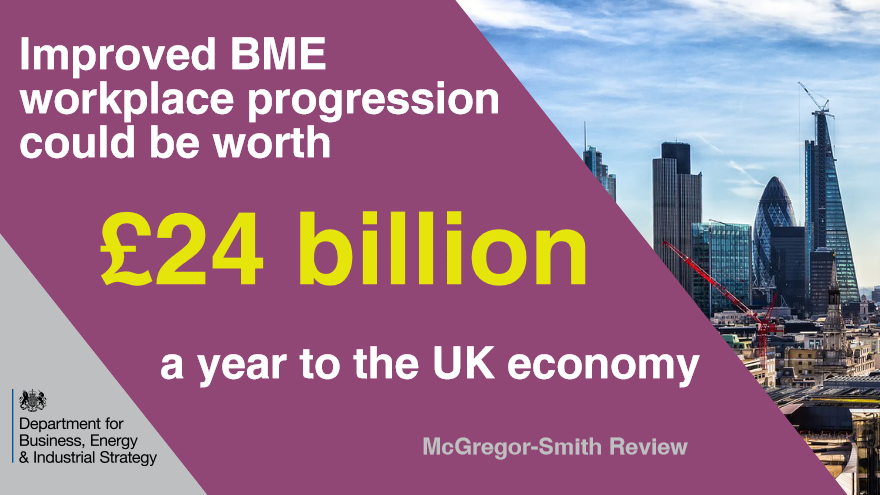 The CIPR has released a number of interesting reads over the past decade including Share This and Share This Too.
The CIPR has released a number of interesting reads over the past decade including Share This and Share This Too.
The latest release from the industry body is Platinum, a celebration of 70 years of the CIPR. It boasts a host of accomplished PR practitioners and academics among its authors, including Stephen Waddington, Anne Gregory, Jenni Field, Richard Bailey, Heather Yaxley, Sarah Hall, and Jon White. It has an impressive 45 chapters covering a wide range of subjects including professional qualifications, AI, fake news, and measurement.
 At last night’s launch a number of the contributors took to the stage to celebrate it being published, and the CIPR’s 70 and 70 list, which includes many of Platinum’s authors.
At last night’s launch a number of the contributors took to the stage to celebrate it being published, and the CIPR’s 70 and 70 list, which includes many of Platinum’s authors.
Given my background working in the diversity space, and the recent launch of my own business to help comms companies tackle diversity in their organisations, of particular interest to me were chapters 42 and 43, which focused on diversity in the industry.
Academic, Liz Bridgen, focuses on whether efforts to address diversity in the PR industry are having an impact, and in particular focused on the work of the Taylor Bennett Foundation though a number of interviews with alumni.
Bridgen starts with the (very good!) argument that diversity makes both business and moral sense, and questions what the industry is then doing to address this. She points out that the Foundation provides knowledge, skills and opportunities to BAME graduates and that alumni from the programme (quite rightly, in my opinion) view themselves as assets to an employer.
She also discusses issues of barriers to promotion and whether power to make hiring and promotion decisions is key to changing the ethnic diversity of the industry, with the alumni themselves recognising that becoming decision makers would give them much more influence.
“A common view was that once young BAME practitioners reached management roles, hiring practices would change and the industry would become more diverse.”
Liz concludes that despite the Foundation’s work there’s a way to go for the broader PR industry to be more ethnically diverse. I couldn’t agree more.
“It is undeniable that the Taylor Bennett Foundation training programme has helped practitioners access and become established in PR careers. However, the industry itself is still overwhelmingly white and middle class and tends to hire its own kind.”
Chapter 43, by Curzon PR MD Farzana Baduel, continues the theme of the value of diversity with an essay on global integration. She draws together the themes of technology and global markets to argue that teams become more diverse in cross country teams,
Like Bridgen, she explains that diversity is not just a moral imperative, it makes great business sense.
“McKinsey found that ‘gender-diverse companies were 15% more likely to outperform, whereas ethnically diverse companies were 35% more likely to outperform and therefore has become an economic driver’”
The CIPR’s drive towards a more diverse industry has taken a noticeable push under the leadership of current President, Sarah Hall who appointed the most diverse board the body has ever had. With Emma Leech taking up the presidency in 2019, and Jenni Field in 2020, I very much hope that continues. As Platinum illustrates, the benefits of diversity for the industry are numerous but addressing the issue takes action.
If you fancy hearing a bit more about the challenges around diversity and inclusion in PR, this recent Digital Download podcast by Paul Sutton with Sara Hawthorn is worth a listen too.








